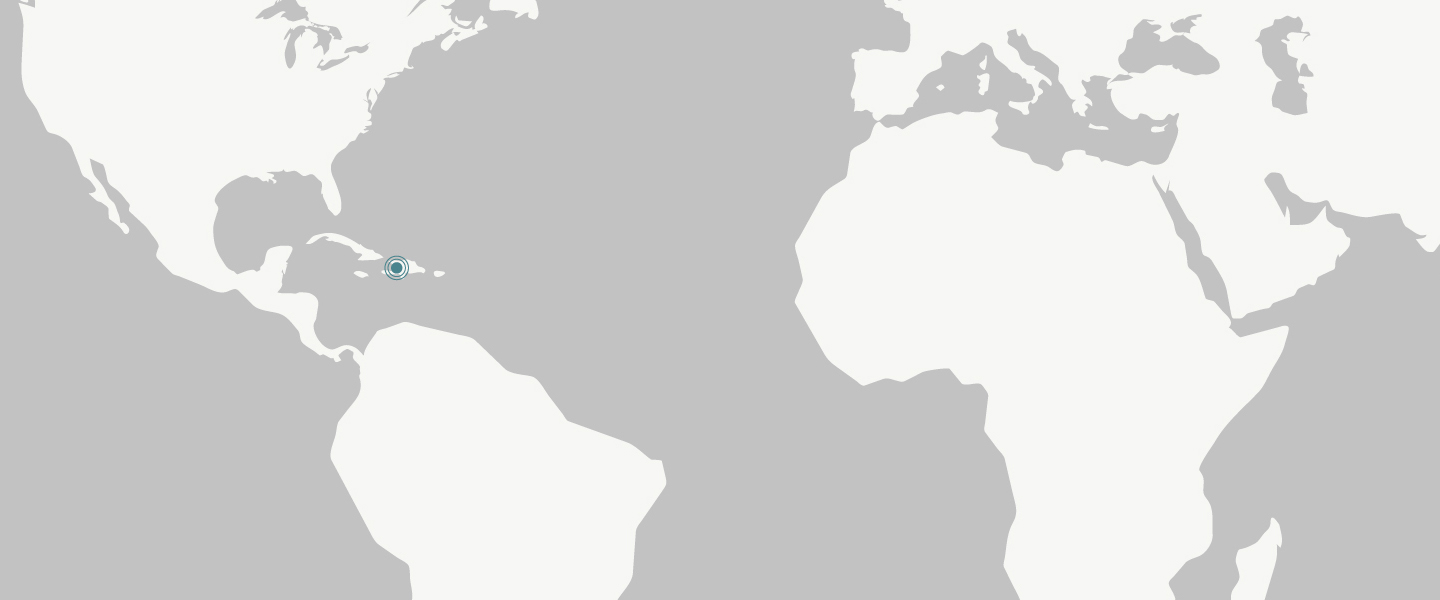Designing in resource strained areas requires a distinct understanding of the challenges of the local community. As a component of our monitoring and evaluation, we strive to learn from our body of work to understand and refine the functionality of our infrastructure and ensure that we are designing for positive community impact. By studying our completed work we may continue to make the most informed design decisions in the future. In the summer of 2018, in thanks to the generous support of the Autodesk Foundation, Abby and Rob advised the Build Health International (BHI) student interns on the post-occupancy evaluations of several of BHI’s built work. The How We Design initiative intends to summarize, analyze, and outline the impact and execution of design features to develop a body of work that documents existing projects and informs future designs.
Build Health International
Autodesk Foundation
Fond des Blancs, Haïti Mirebalais, Haiti Neno, Malawi
August 2018
Post-Occupancy Evaluation
Build Health International
Project Sponsored by: Autodesk, Inc
Project Team: Thara Messeroux Ricardo Rodriguez
Supervisors : Abby Gordon, Robert Freni
Under the guidance of Abby & Rob, the students embarked on a 3-month research project. They started with a desktop review, using Autodesk software to understand the impact of design decisions on airflow, daylighting, electrical consumption, cost, water usage and site work. The students visited a hospital in Southern Haiti with several completed projects where they were able to conduct field research and validate the information secured during the research phase. Upon returning to Boston the team synthesized data using Autodesk software and completed a final report outlining their findings.
The report provides validation and a deeper understanding that design decisions have on the built environment. An additional outcome is the students’ knowledge transfer of the computer-aided tools available to analyze and improve designs early on in the process.
Not only does the report identify critical design decisions for human comfort it also presents the impact the assessed buildings have on operations, electrical usage, mechanical needs, plumbing, and maintenance. This document is meant to be the first in a series. A follow-up document will expand on the findings to create a set of guidelines for best practices when designing in low resource settings.
GOAL 3- Good Health & Well Being
GOAL 6- Clean Water & Sanitation
GOAL 7- Affordable & Clean Energy
GOAL 9- Industry, Innovation & Infrastructure
